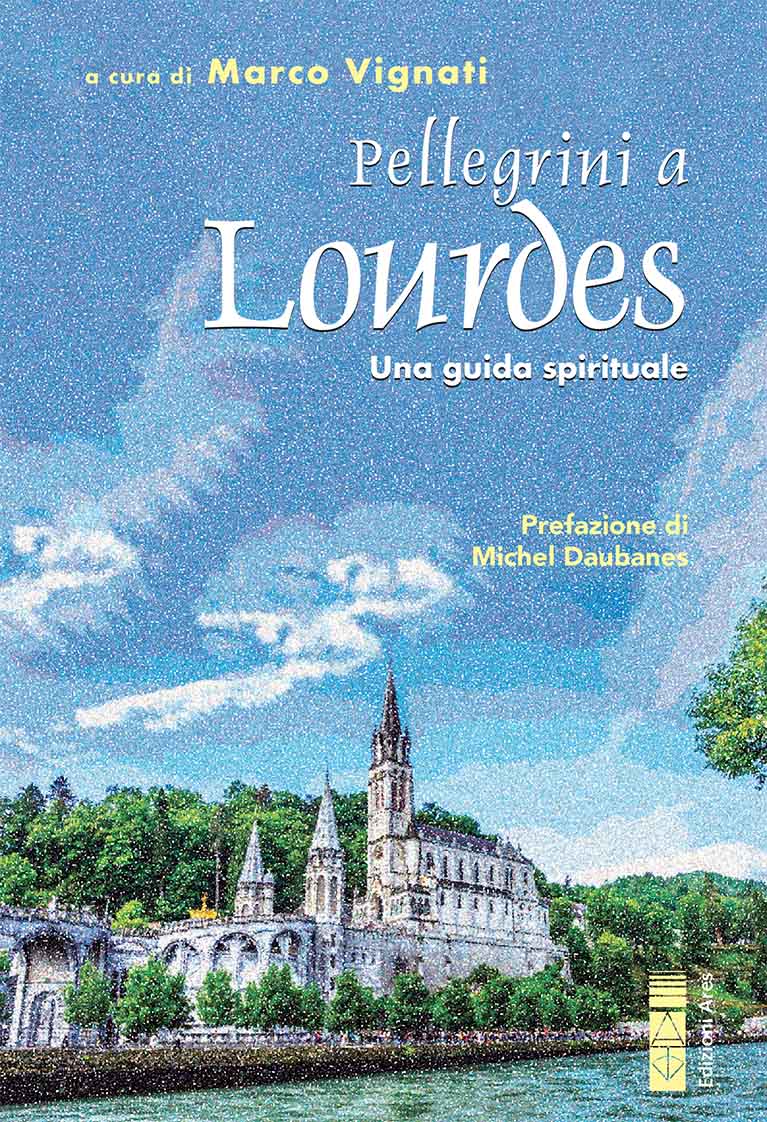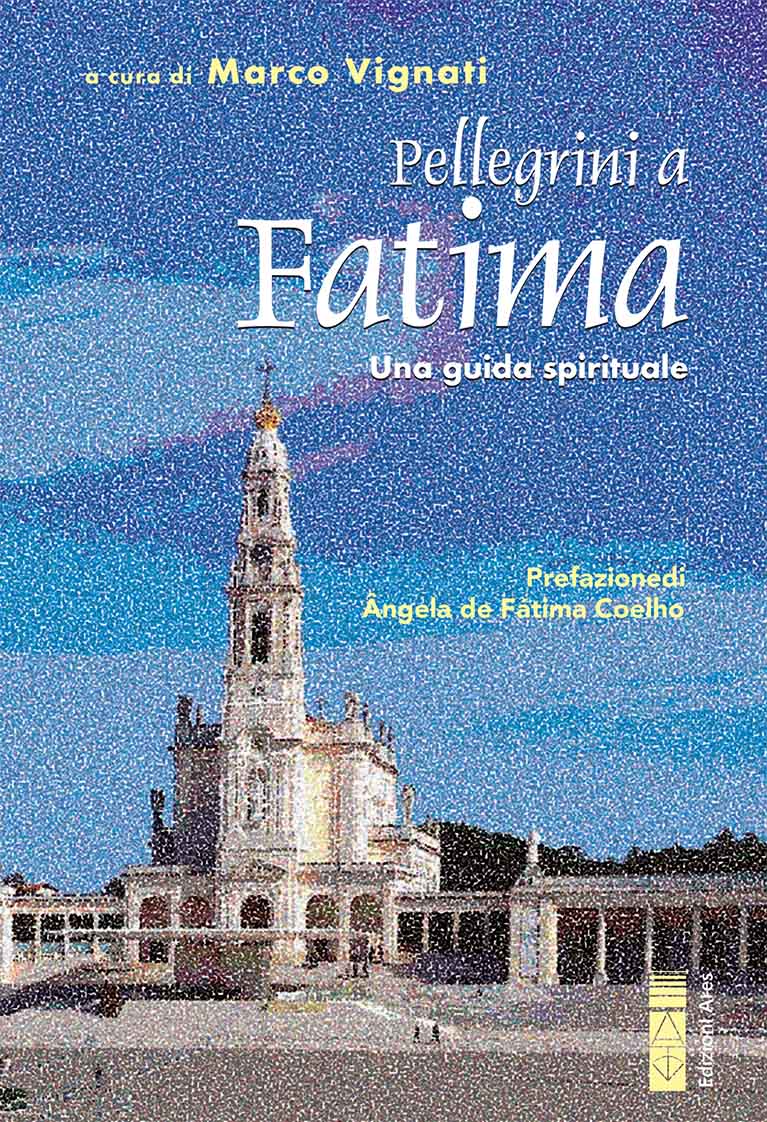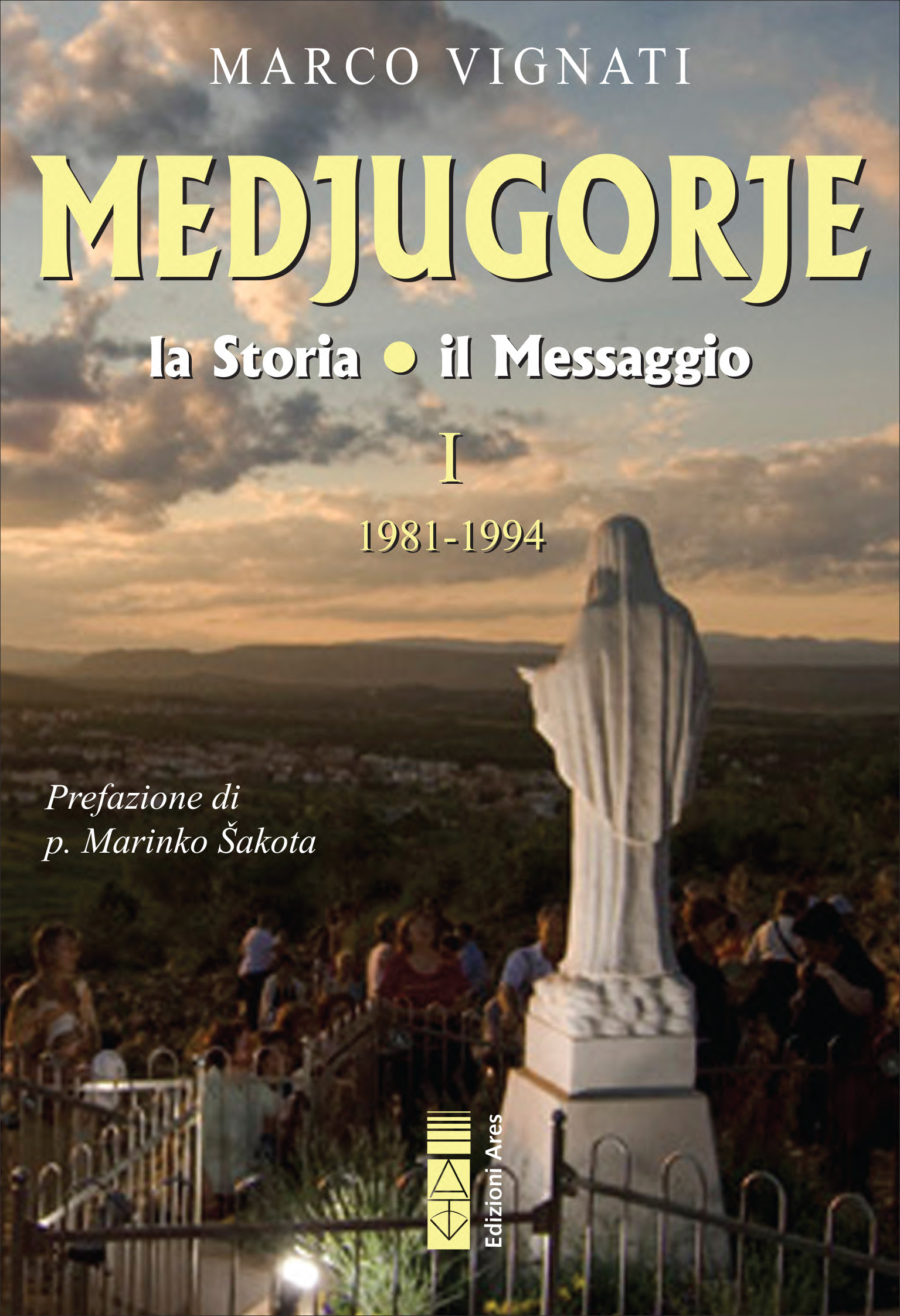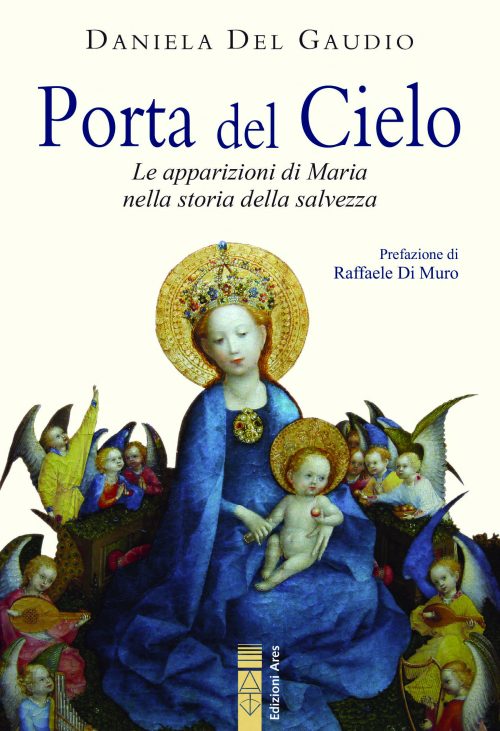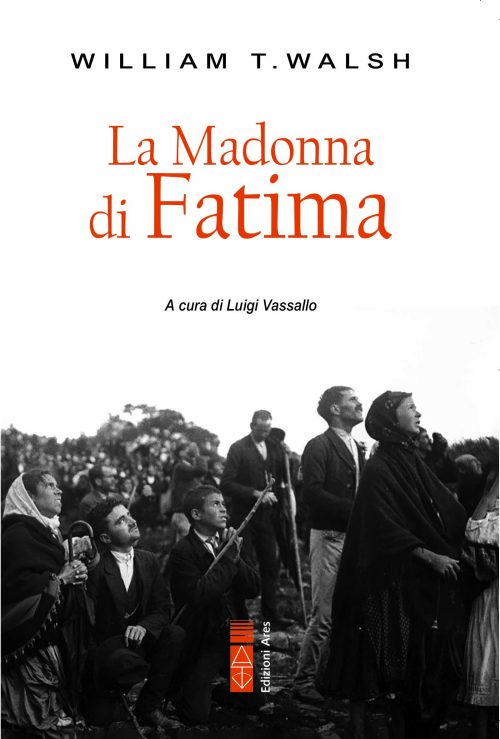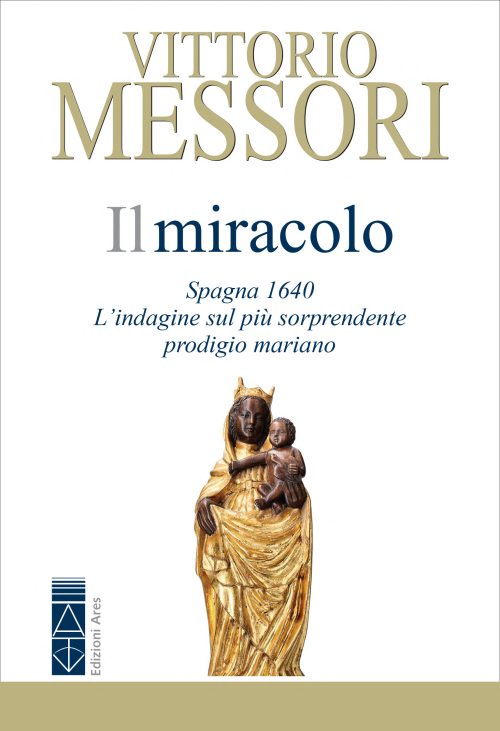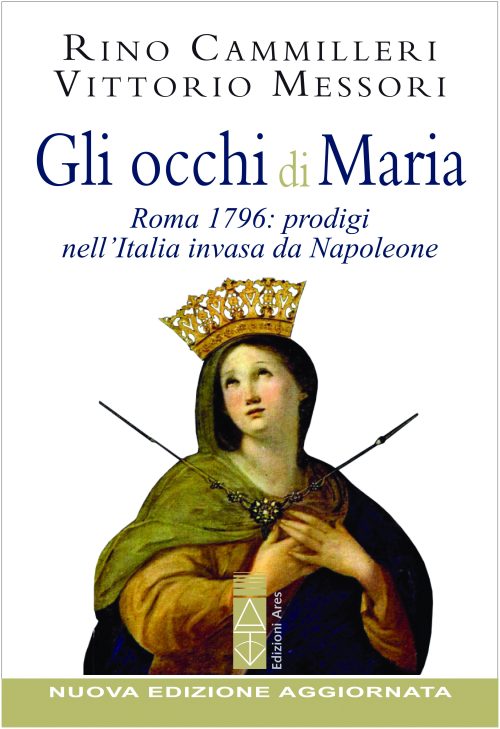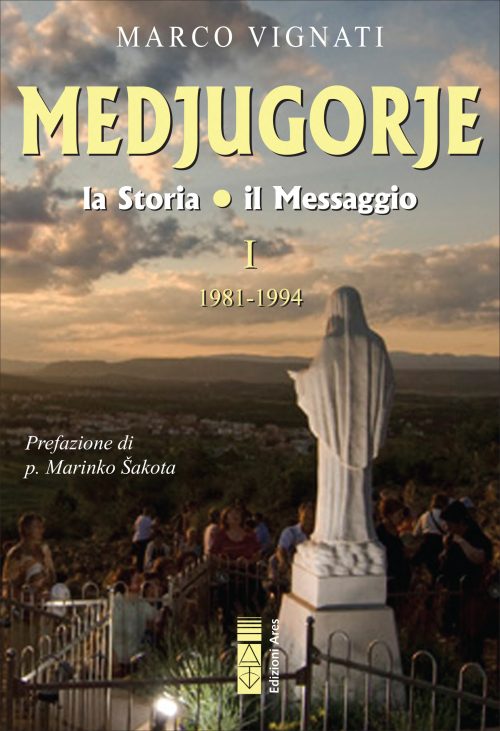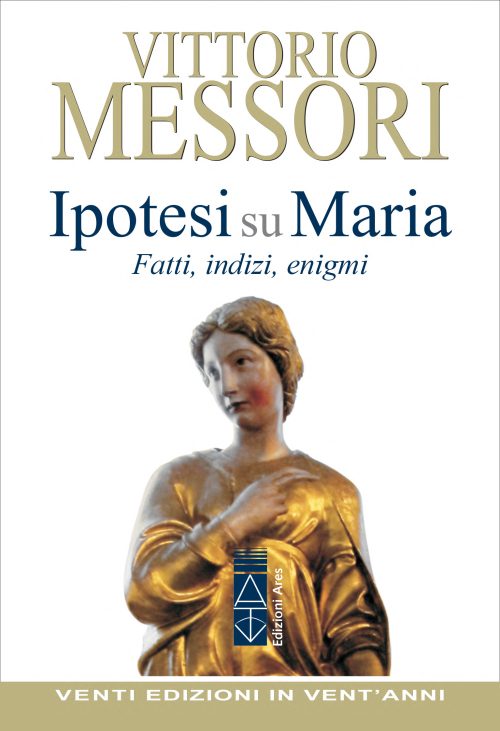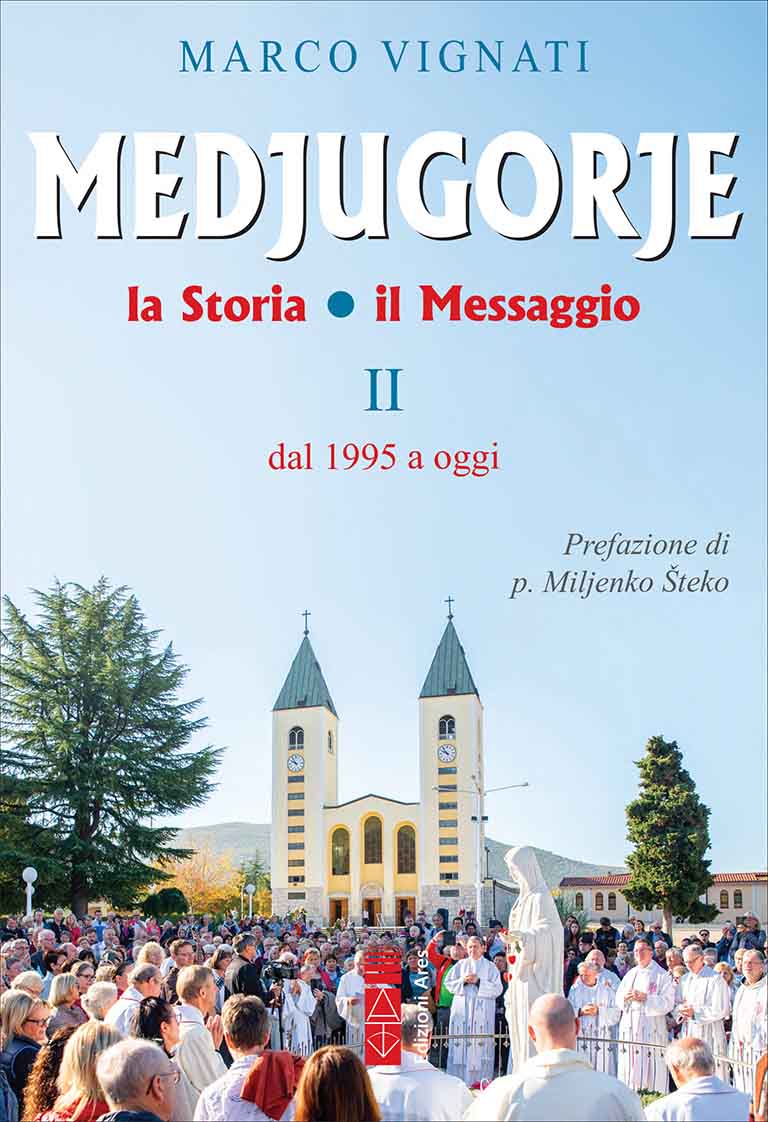
Medjugorje – Vol. 2
La storia, il messaggio (dal 1995 a oggi)
Prefazione di p. Miljenko Šteko
€16,80
Spese di spedizione per l’Italia: 5,60 €
SPEDIZIONE GRATUITA PER ORDINI SOPRA I 30,00 €
Vedi dettagli e opzioni di spedizione
Disponibile
“Mi pare che ciò di cui parlava il Secondo Concilio Vaticano a Medjugorje si sia realizzato e si stia realizzando. Il rinnovamento, la conversione, i Sacramenti, la riconciliazione, la Confessione, l’Eucaristia, l’Adorazione, una sana mariologia”.
(Dalla Prefazione di padre Miljenko Šteko)
La Madonna – Gospa in croato – di Medjugorje è una madre dolcissima, che esorta con forza alla pace e alla conversione dei cuori. Da oltre quarant’anni raccoglie intorno a sé un popolo di credenti. Questo secondo volume si occupa del tempo compreso tra la fine della guerra in Bosnia e i nostri giorni: Medjugorje assume definitivamente la sua fisionomia di santuario sviluppando quel “programma” che è iniziato nel 1981. Nasce un nuovo Stato (la Bosnia-Erzegovina), riprendono i pellegrinaggi e si rafforzano i contenuti essenziali del messaggio. La vita ecclesiale assume qui i contorni dell’universalità cattolica, richiama all’unità del popolo di Dio che segue con fedeltà il Vangelo e affronta, con la preghiera e la fede, alcune delle grandi lotte che la Chiesa e l’umanità devono sostenere, come il “modernismo” e le guerre, figlie di una visione atea, materiale e immanentista dell’esistenza.
Vignati Marco
“It seems to me that what the Second Vatican Council talked about in Medjugorje has been realized and is being realized. Renewal, conversion, Sacraments, reconciliation, Confession, Eucharist, Adoration, a sound Mariology”.
(From the Preface by Father Miljenko Šteko)
Our Lady – Gospa in Croatian – of Medjugorje is a very sweet mother, strongly exhorting to peace and conversion of hearts. For over forty years she has been gathering around her a people of believers. This second volume deals with the time between the end of the war in Bosnia and the present day: Medjugorje definitively assumes its shrine character by developing that “program” that began in 1981. A new state (Bosnia-Herzegovina) is born, pilgrimages resume and the essential contents of the message are strengthened. Ecclesial life here takes on the contours of Catholic universality, calls for the unity of the people of God that faithfully follows the Gospel and faces, with prayer and faith, some of the great struggles that the Church and humanity must endure, such as “modernism” and wars, heirs of an atheistic, material and immanentist vision of existence.
